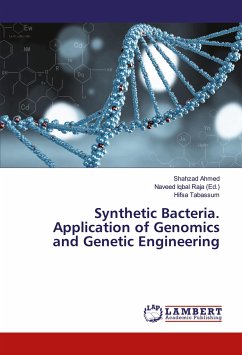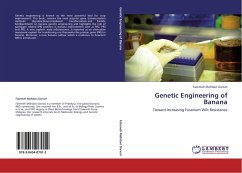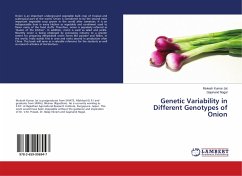Genetic engineering (also called gene modification) means manipulation of this master program. Genes, mostly from other, often totally unrelated species are inserted in the genetic "master program". Genes from e.g. fish, scorpions, bacteria and viruses have been inserted into food plants in genetic engineering projects.Genetic engineering is one of the most important technologies now available to scientists. The technology was crucial to the sequencing of the human genome, and has greatly increased the potential for developing new medicines. One of the first genetic engineering advances involved the hormone insulin. Diabetes, a medical condition that affects millions of people, prevents the body from producing enough insulin necessary for cells to properly absorb sugar. Diabetics used to be treated with supplementary insulin isolated from pigs or cows. Although this insulin is very similar to human insulin, it is not identical. Bovine insulin is antigenic in humans. Antibodies produced against it would gradually destroy its efficacy.
Bitte wählen Sie Ihr Anliegen aus.
Rechnungen
Retourenschein anfordern
Bestellstatus
Storno








